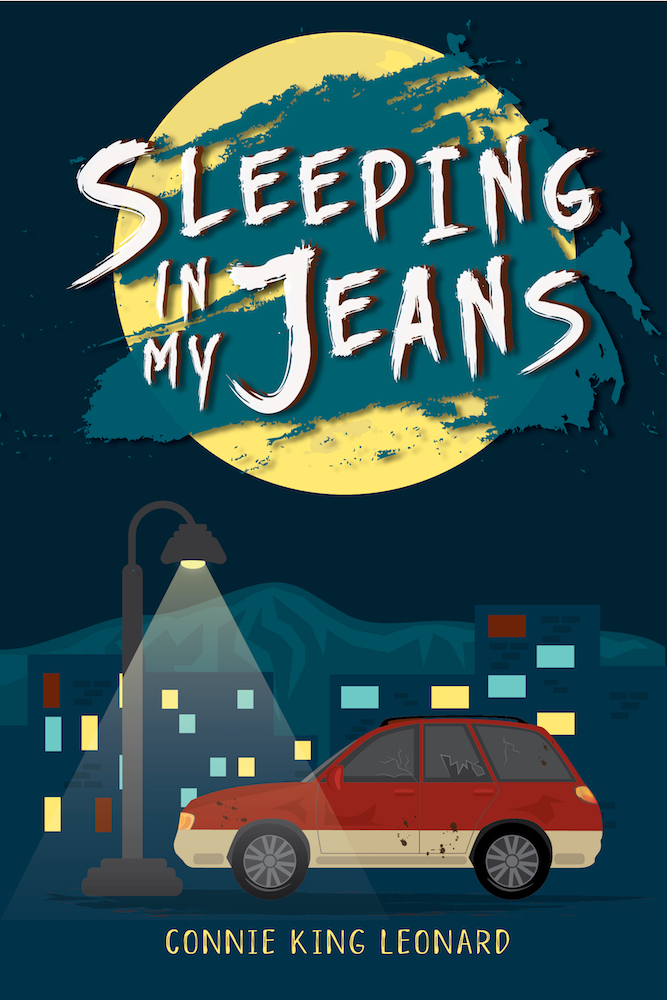An Interview with Connie King Leonard
Connie King Leonard is the author of Sleeping in My Jeans, a YA novel about a teen girl who has to live out of her car with her mother and young sister. I had the pleasure of sitting down with Connie to discuss what inspired her to write a book about being homeless, what message she hopes it will send, and the unique protagonist at the center of it all—Mattie Rollins.

